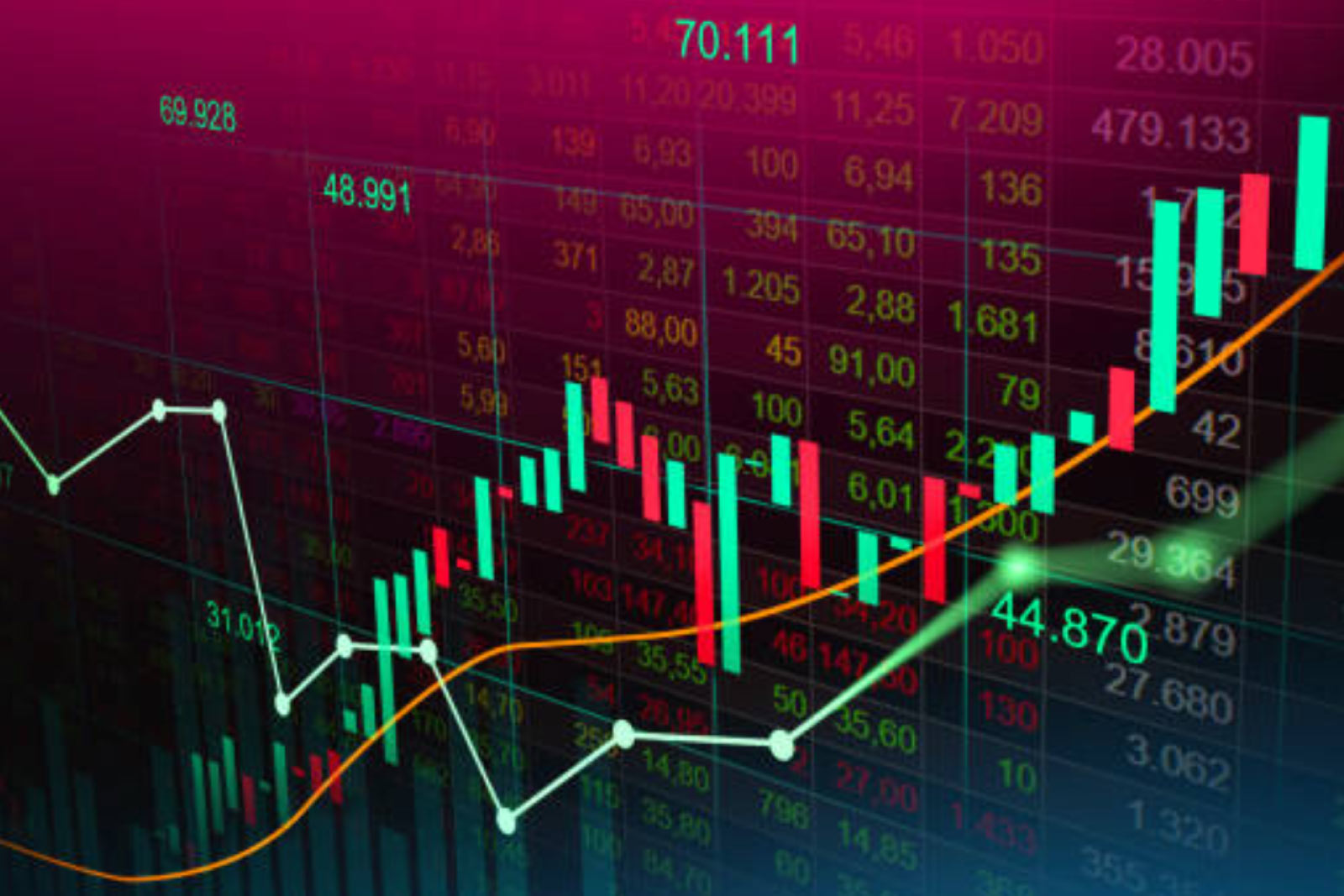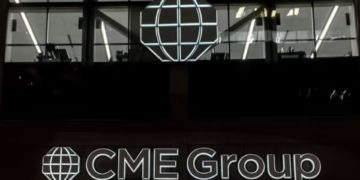The main factor when talking about payouts is the type of binary option traded.
The option trade example given in the previous section is a type of an “up/down” option and is considered the simplest kind.
Predicting if a currency pair would be above or below the strike price before it expires pays the lowest return.
This averages between 70%-90% depending on your broker.
Meanwhile, there are more complicated kinds of options like the “touch and range” binary options, which have higher payouts since winning such trades tends to be harder.
From what we’ve gathered, brokers usually offer payouts around 200%-400% and a few can even go as high at 750%!
Up/Down Options
An Up/Down option can go by a few different names: High/Low, Above/Below, and Over/Under. It is the simplest and most common type of binary option.
Traders simply purchase a “call” option if they believe that the closing price will be above the strike price when the contract expires, or buy a “put” option if they think that market will close below the strike price at expiration.
The EUR/USD trade example given in the previous section illustrates how an Up/Down option typically works.
Easy enough, eh? The simplicity of this option is why Up/Down options usually have the lowest payouts.
Up/Down options typically expire within an hour or a day, but some brokers are offering options that expire in minutes. Heck, some even expire in seconds!
Of course, this could either do your account a lot of good or it can cause a whole lot of damage. Make sure you manage your risk properly!

Touch Options
One Touch option trades don’t require the market to be above or below a certain level at expiration. Instead, it just needs to TOUCH the strike price at least once during the option contract period for it to be profitable.
No-Touch trades, on the other hand, require that the market price DOES NOT TOUCH the strike price during the life of the contract for a trader to make profits.
Touch trades are offered during certain times of the day, and some brokers offer touch trades during weekends that usually offer higher payouts (around 250%-400% of your risk premium) than a simple Up/Down option trade.
For example, let’s say that EUR/USD closed at 1.3100 on Friday.
Over the weekend your broker offers a call option where you will profit if EUR/USD touches 1.3450 at least once next week and a put option where you will profit if the pair touches 1.2750 at least once in the same period.
You decide to take the call option. You find that during the option period EUR/USD had reached a high of 1.3600 before it closed at 1.3050.
Since the market reached the call option’s strike price (1.3450) within the option period, you would have won the trade even if it didn’t close above the level.
On the contrary, those who took a No-Touch option on the same price would have lost their trades since the pair DID touch the strike price.
Touch trades typically work out well when volatility picks up while no-touch trades are ideal for pairs that have a tendency to consolidate.
Still not exciting enough for ya?
You can also try out Double Touch/Double No-Touch options!
They are just like Touch/No-Touch options, only with two strike prices. The asset’s price has to touch (or not touch) two different levels for a trader to win the trade.

Range Options
Trading Range/Boundary/Tunnel options is a lot like playing the Super Mario underwater level wherein Mario cannot touch both the top and the bottom of the screen.
For In Range trades, the market price must stay within a predetermined range and avoid touching the two strike prices within the option period in order for your trade to be in-the-money.
Some brokers offer Out of Range options where traders can profit if price breaks out of the predetermined range within the option period.
For example, EUR/USD is currently trading at 1.3300 and the ECB interest rate decision is minutes away.
Your broker is offering a range option between 1.3280 and 1.3320 that expires in one hour. You think that the ECB’s decision is a non-event so you bought an “in-range” option.
If price doesn’t reach 1.3280 or 1.3320 within the option period, then you would have won your trade.
That should be awesome news for you because range options usually have the highest payouts with a few brokers offering between 200%-750%!
Range options are best used when volatility is low, although some brokers offer the option to take a risk on the idea that price WILL break out of the predetermined range.
Alternatively, a few brokers also offer options on predetermined ranges that are far from the current market price.











































